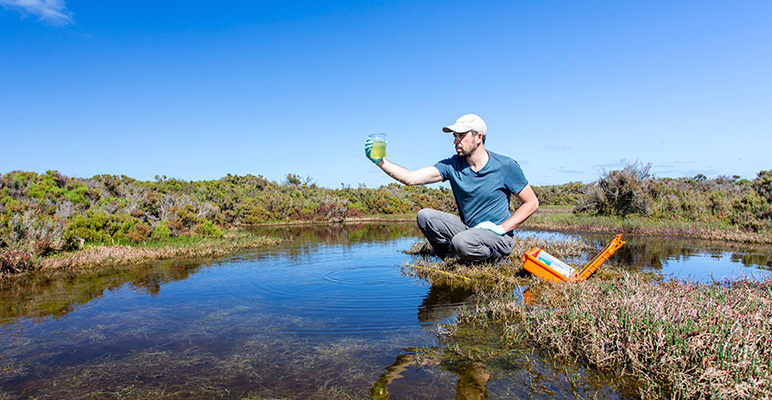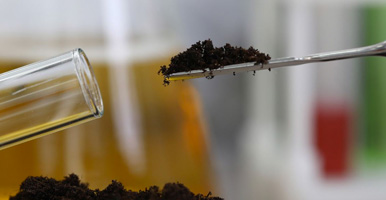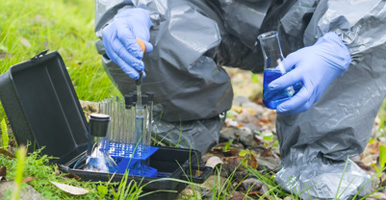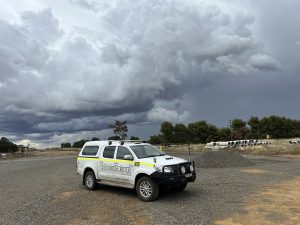BACKGROUND
In 2019, EnviroScience Solutions was commissioned to undertake a comprehensive site investigation and sampling regime for Naturally Occurring Asbestos (NOA) prior to the structural upgrades to a transmission line in the Central West of New South Wales.
| Service | Industry |
|---|---|
|
|
SOLUTION
EnviroScience Solutions was commissioned to undertake a comprehensive site investigation and sampling regime for Naturally Occurring Asbestos (NOA) prior to the structural upgrades to a transmission line.
Undertaken as due diligence prior to the upgrade works taking place, the project was to assess the likelihood of NOA where new holes would be excavated as part of pole replacement works.
Taking samples from 27 locations along the transmission line, deemed as areas within the low-high potential for NOA (as per the NSW Government’s Resources and Geoscience NOA map), the sampling aimed to identify any traces of NOA in geological deposits including rock, sediment or soil.
Augering 53 boreholes at each replacement pole location, the soils were exhumed and inspected for rock type, mineralisation and any potential for NOA. Samples were then taken for asbestos analysis to determine if any NOA was present.
OUTCOME
While no NOA was detected in the samples analysed, it could not be assumed there was none present within the host rock as asbestos can occur in seams and veins. EnviroScience then provided the client with a list of recommendations including asbestos awareness training for all staff and contractors, the adoption of dust suppression techniques, the safe disposal of stockpiled soils and ongoing air monitoring to assess asbestos exposure levels.



























